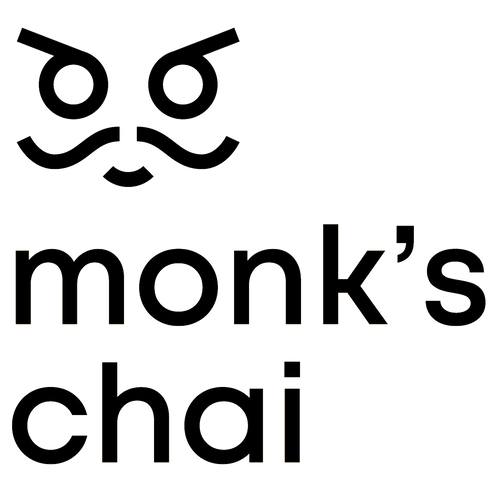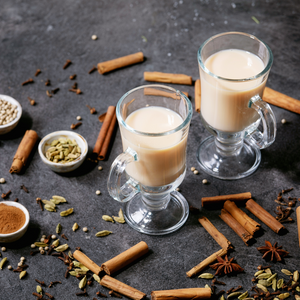Tea is more than just a popular beverage; it’s a drink steeped in history and mystery. From its ancient origins to its modern-day variations, tea has fascinating stories to tell. Let's dive into some interesting facts about tea that will surprise and delight tea lovers everywhere.
All True Tea Comes from the Same Plant
Did you know that all true teas - green, black, white, oolong, pu-erh, and yellow - come from the same plant? They all originate from the Camellia sinensis plant. The differences in flavour, colour, and aroma come from how the leaves are processed. For example, green tea leaves are quickly steamed or pan-fired to prevent oxidation, while black tea leaves are fully oxidised, giving them a darker colour and richer flavour.
The Accidental Invention of the Tea Bag
The tea bag was invented by accident in the early 20th century. American tea merchant Thomas Sullivan sent out samples of tea in small silk bags. His customers mistakenly steeped the bags in hot water instead of opening them. They found the method convenient, and thus the tea bag was born. This simple innovation revolutionised the way people brewed tea, making it quicker and easier to enjoy a perfect cup.
Tea’s Role in the Opium Wars
Tea played a significant role in the Opium Wars between Britain and China in the 19th century. The British developed a strong addiction to Chinese tea, creating a trade imbalance since they had little to offer in return. To correct this, they started trading opium, which led to widespread addiction in China. The resulting conflicts, known as the Opium Wars, were a dark chapter in history, illustrating the global impact of the tea trade.
See More: A Brief History Of History

Pu-erh Tea: The Aged Delight
Pu-erh tea is unique because it undergoes a fermentation process and can be aged for years, much like fine wine. This ageing process can significantly alter its flavour profile, making it more complex and rich over time. Some pu-erh teas are prized for their deep, earthy flavours and are considered a delicacy. Collectors often seek out vintage pu-erh, some of which can be very expensive.
Tea as Currency
In ancient China, tea was so valuable that it was sometimes used as a form of currency. Compressed tea bricks were traded and used as money, especially in remote areas where coins were scarce. These tea bricks could be broken apart and brewed, providing both a means of trade and a source of nourishment. This practice highlights the importance and value of tea in Chinese culture.
Matcha’s Unique Preparation
Matcha is different from other teas because it is made from finely ground whole tea leaves. When you drink matcha, you're consuming the entire leaf, which means you're getting more antioxidants and nutrients compared to other teas where only the infusion is consumed. Matcha has a vibrant green colour and a slightly sweet, grassy flavour. It is traditionally used in Japanese tea ceremonies and is now popular worldwide for its health benefits and versatility in recipes.

Chai in India: A Cultural Staple
In India, chai (which simply means “tea” in Hindi) is more than just a drink; it’s a cultural staple. Traditional Masala Chai is made by brewing black tea with a mixture of aromatic spices and herbs, such as cardamom, cinnamon, ginger, cloves, and pepper. Each family often has its own unique recipe, reflecting regional and personal tastes. Chai is enjoyed throughout the day and is a symbol of hospitality and comfort.
See More: The Chai Experience: It's More Than Just A Beverage
The World’s Oldest Tea Tree
The world’s oldest known tea tree is located in China’s Yunnan province and is believed to be over 3,200 years old. This ancient tree still produces leaves used to make tea. It stands as a testament to the longevity and enduring popularity of tea. Visiting this tree is like stepping back in time, offering a glimpse into the ancient origins of tea cultivation.
Tea’s rich history and fascinating facts make it much more than a simple beverage. From its accidental inventions and significant historical roles to its unique preparations and cultural importance, tea has a story that spans the globe. Whether you’re sipping a cup of green tea, enjoying a chai latte, or exploring the depths of a pu-erh, you’re partaking in a tradition that has connected people for thousands of years.

